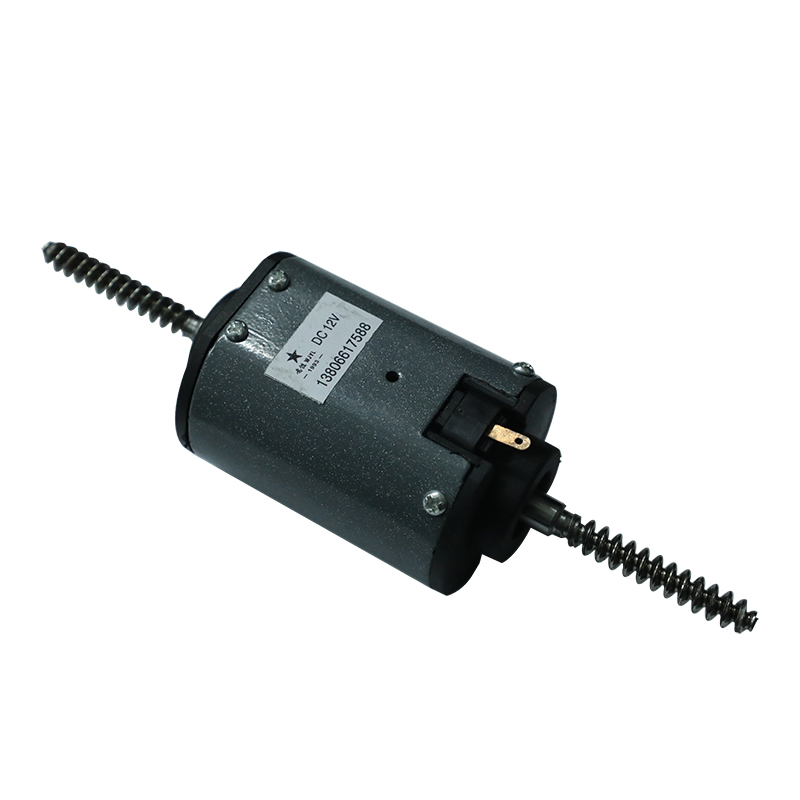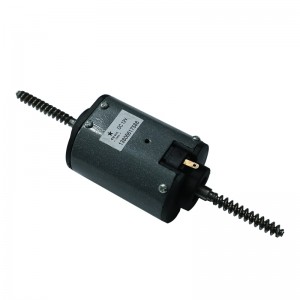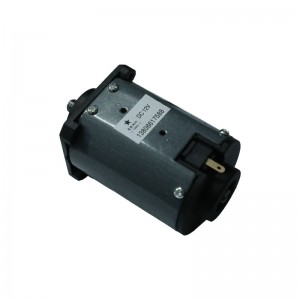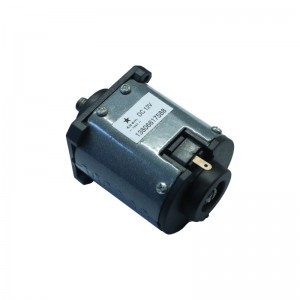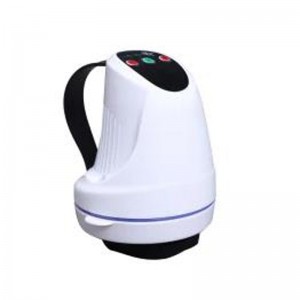Precision Servo DC Motor 46S/185-8A
Basic features of servo DC motor: (other models, performance can be customized)
| 1.Rated voltage: | DC 7.4V | 5.Rated speed: | ≥ 2600 rpm |
| 2.Operating voltage range: | DC 7.4V-13V | 6.Blocking current: | ≤2.5A |
| 3.Rated power: | 25W | 7.Load current: | ≥1A |
| 4.Rotation direction: | CW output shaft is above | 8.Shaft clearance: | ≤1.0mm |
Product appearance diagram

Expiration-time
Since the date of production, the safe use period of the product is 10 years, and the continuous working time is ≥ 2000 hours.
Product features
1.Compact, space-saving design;
2.Ball bearing structure;
3.Long service life of brush;
4.External access to brushes allows easy replacement to further extend motor life;
5.High starting torque;
6.Dynamic braking to stop faster;
7.Reversible rotation;
8.Simple two-wire connection;
9.Class F insulation, high temperature welding commutator.
10.High performance, high cost performance and low interference.
Applications
It is widely used in the fields of smart home, precision medical devices, automobile drive, consumer electronics products, massage and health care equipment, personal care tools, intelligent robot transmission, industrial automation, automatic mechanical equipment, digital products, etc.
Performance illustration
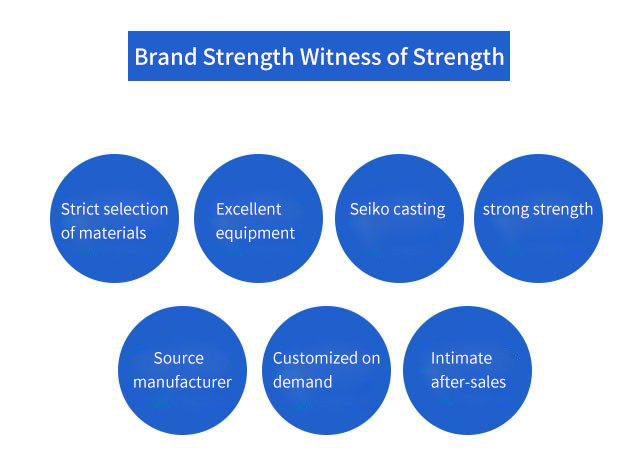

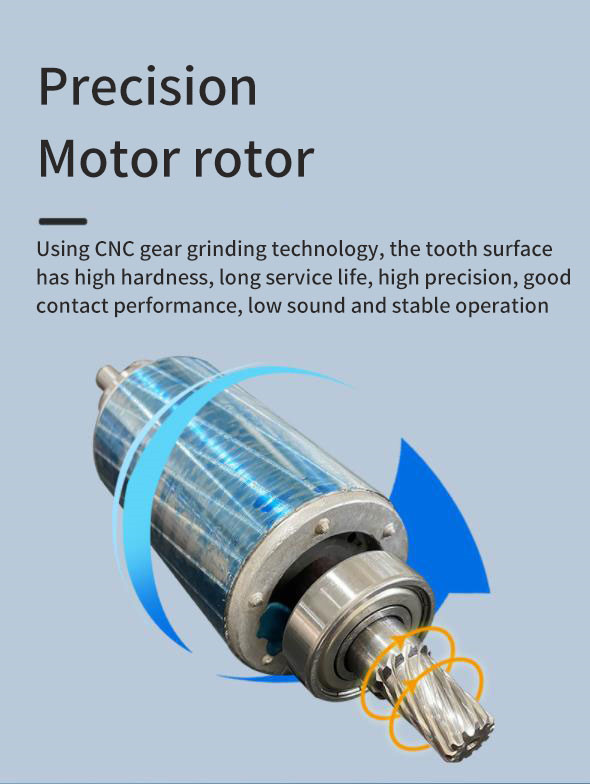
Servo system: It is an automatic control system that enables the output controlled quantities such as the position, orientation, and state of an object to follow any change in the input target (or given value). The main task of the servo is to amplify, transform and regulate the power according to the requirements of the control command, so that the torque, speed and position output by the drive device can be controlled very flexibly and conveniently.
Because of its "servo" performance, it is named a servo motor. Its function is to convert the input voltage control signal into the output angular displacement and angular velocity on the shaft to drive the control object.
Principle of DC Servo Motor
The working principle of DC servo motor is basically the same as that of ordinary DC motor. The electromagnetic torque is generated by the action of the armature airflow and the air gap magnetic flux to make the servo motor rotate. Usually, the armature control method is used to change the speed by changing the voltage while keeping the excitation voltage constant. The smaller the voltage, the lower the speed, and when the voltage is zero, it stops rotating. Because when the voltage is zero, the current is also zero, so the motor will not generate electromagnetic torque, neither will it appear the phenomenon of self-rotation.

